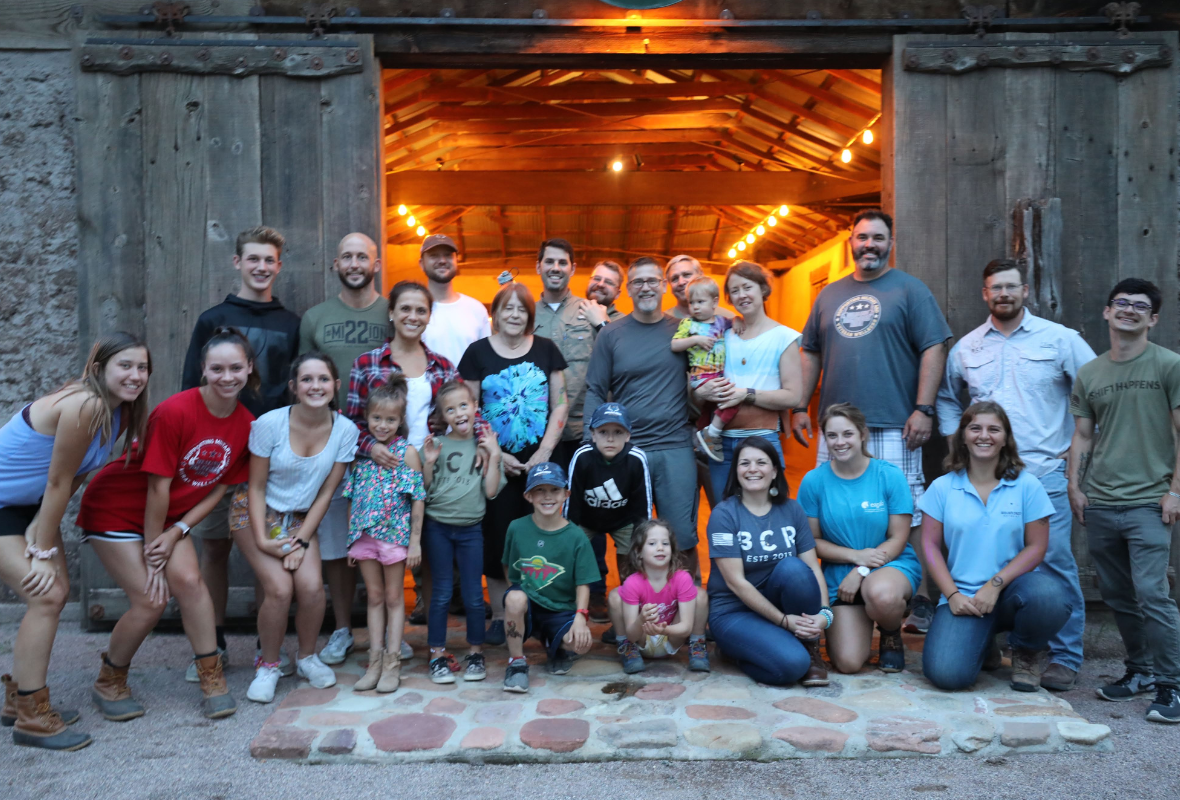The Relationship Between Resilience and PTG
An excerpt below, from the book Posttraumatic Growth: Theory, Research and Applications, describes differences and relations between the concepts “resilience” and posttraumatic growth (PTG).
An excerpt below, from the book Posttraumatic Growth: Theory, Research and Applications, describes differences and relations between the concepts “resilience” and posttraumatic growth (PTG).
Highly resilient people are expected to be less likely to experience challenged assumptions or cognitive struggle, so may be less likely to experience profound transformational changes such as PTG.
“PTG has been featured on the American Psychological Association’s Road to Resilience website, and some have viewed PTG and resilience as synonymous (Sattler, Boyd, & Kirsch, 2014). However, the two are different constructs. Resilience is the personal attribute or ability to bounce back from difficulty, or to resist the effects of difficulties without experiencing prolonged negative effects (Rutter, 1985). Others refer to this as bouncing forward ( Haas, 2015 ). PTG is a process and outcome resulting from “struggle” with difficult circumstances. PTG is conceptually different from resilience because resilience describes the characteristics of people who can adjust quickly and successfully, even under the most stressful circumstances. Highly resilient people are expected to be less likely to experience challenged assumptions or cognitive struggle, so may be less likely to experience profound transformational changes such as PTG. Bonanno and colleagues have conducted a number of trajectory studies with various traumatized populations over the past decade (e.g., Bonanno et al., 2012 ). Results from these studies clearly demonstrate that resilience is the most common outcome following stressful events, and that positive transformative changes following trauma, such as PTG, are distinct from resilience.
Cross-sectional designs have provided mixed findings about the relationship between resilience and PTG. Several studies supported a positive association between resilience and PTG ( Bensimon, 2012; Hooper, Marotta, & Lanthier, 2008; Ogińska-Bulik, 2015; Yu et al., 2014 ), but others showed negative correlations, especially when assessing resilience as an absence of PTSD symptoms ( Levine, Laufer, Stein, Hamama-Raz, & Solomon, 2009; Zerach, Solomon, Cohen, & Ein-Dor, 2013 ). Yet other studies have found no relationship between resilience and PTG ( Wilson, Morris, & Chambers, 2014 ). These mixed findings may be due to inconsistent definitions of resilience (personal trait, ability, or lack of symptoms) or the timing of data collection. If data are collected early post-trauma, the relationship between PTG and resilience may be negative, while later, PTG may have yielded changes that enhance resilience, producing a positive relationship with PTG. If a person has experienced PTG, that same person may be more resilient in the future. The journey to PTG requires effortful rumination, reflection, a new-found understanding of self, and effective ways to deal with difficulty. A common finding in PTG research is a newfound sense of one’s own personal strength—“if I have survived this, I can survive anything.” Changes such as those may enhance resilience to future difficulties ( Tedeschi & Blevins, 2017 ). For example, following a natural disaster that claimed lives and left thousands of people homeless, a regional doctor was concerned for those she called her vulnerable patients. One of those patients was a woman who two years earlier had lost her adult daughter and, understandably, struggled immensely in her grief. The doctor asked the patient to come in for an appointment and explained that she was concerned for her mental health because she had lost her home and everything in it. The patient replied that she was absolutely fine as no loss would ever be as great as the loss of her child. Through her struggle, she had become more resilient. For further consideration of this issue, see Tedeschi and Blevins (2017), who provide a discussion of the relationship between the constructs of resilience and PTG.”
Read the Book “Posttraumatic Growth: Theory, Research and Applications” https://doi.org/10.4324/9781315527451
Your support powers life-changing programs offered at no charge to veterans, military, first responders, and their families. With your help, our Warriors won't just survive — they'll thrive.

We have received your email sign-up. Please tell us more about yourself.